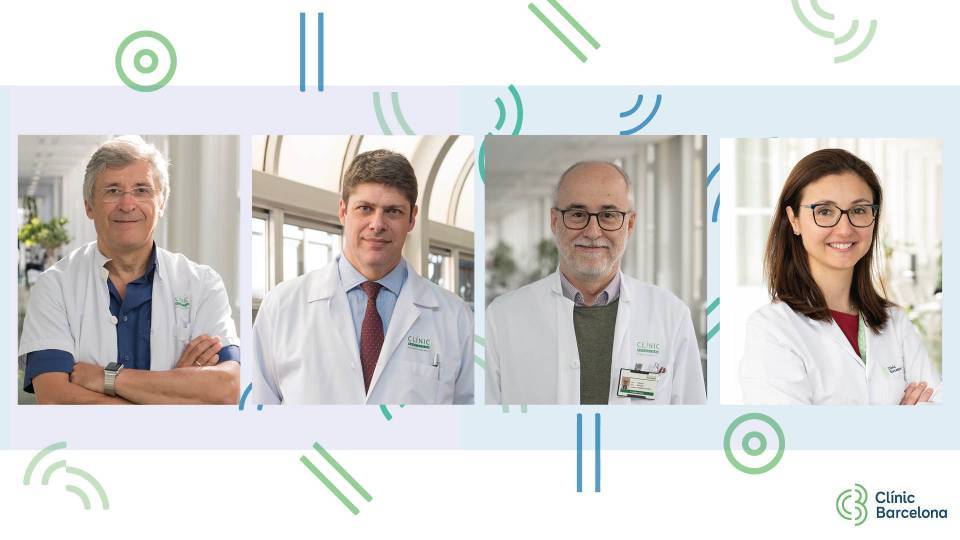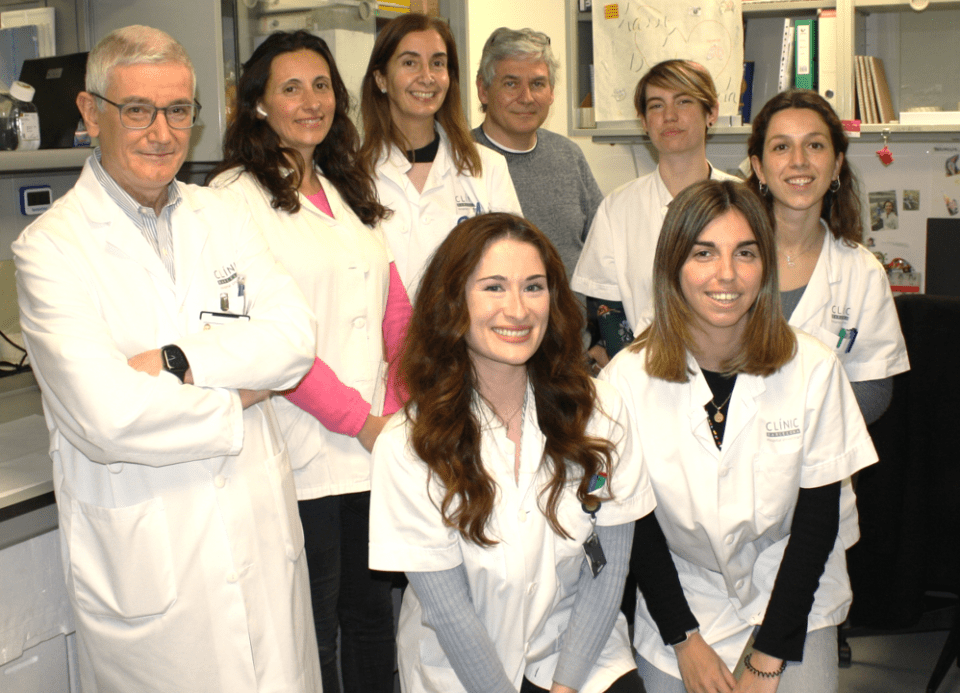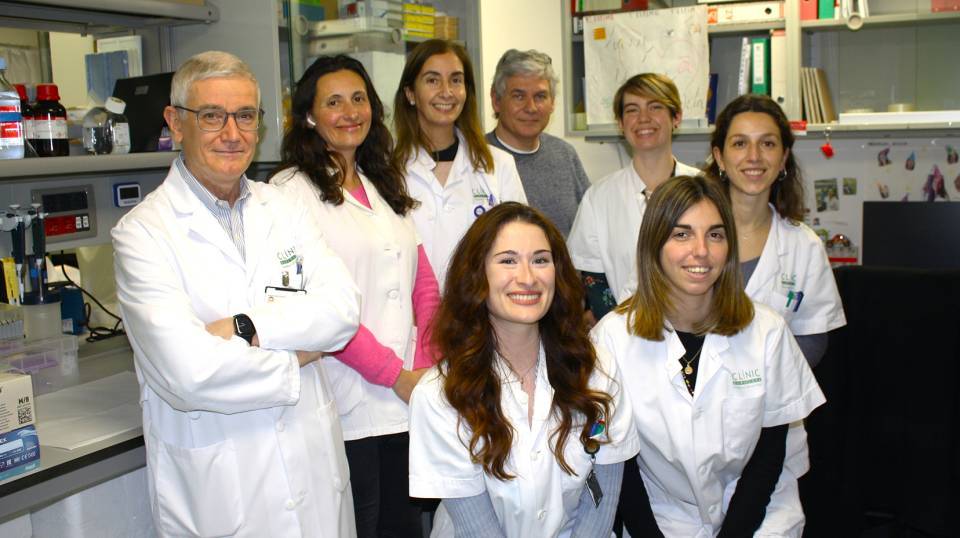Treatment of Pulmonary Hypertension
Several steps can be highlighted in the treatment of pulmonary hypertension: non-pharmacological treatment, which would be the recommendations for lifestyle habits, supportive pharmacological treatment and specific pharmacological treatment.

Limit the degree of physical activity. Patients have to engage in non-strenuous physical activity until they can bear it without symptoms.

Avoid drugs that can worsen the disease (e.g. nasal decongestants and beta-blockers).

Follow a salt-free diet.

Contraceptive treatment. Women have to follow a contraceptive treatment, since the haemodynamic overload represented by pregnancy and, especially, immediate postpartum, can cause the death of the mother and means a risk to the newborn.

Calcium antagonists. These drugs are used to relax the muscles in the walls of blood vessels. The most commonly used drugs are nifedipine, diltiazem and amlodipine. Side effects include a drop in blood pressure when standing up (low blood pressure), swelling of the ankles and legs from fluid build-up (ankle oedema), and low oxygen in the blood (hypoxaemia).

Anticoagulants. To prevent blood clots in the arteries of the lungs. All patients with CTEPH have to take these drugs for life. The most widely used are acenocoumarol and warfarin, which require strict medical monitoring to ensure correct decoagulation. Bleeding to a greater or lesser extent may occur as an adverse effect.

Diuretics. These are useful for reducing fluid retention, especially swelling caused by excess fluid in the legs (peripheral oedema), but also fluid retention in general. Low doses must be used to avoid damaging kidney function.

Oxygen therapy. This is given only when there is severe hypoxaemia (lack of oxygen). It has been shown to reduce pulmonary vascular resistance in patients with pulmonary arterial hypertension.
Pharmacological treatment of pulmonary hypertension acts on three pathways: the nitric oxide pathway, the endothelin pathway and the prostacyclin pathway.
Treatment can be started on one pathway only, but it is currently recommended to start with combination therapy. In other words, specific treatment with two or more drugs is started at the same time to control the symptoms of the disease, with a third being added if this is insufficient.

Nitric oxide (NO) pathway. Acts through phosphodiesterase-5 (iPDE-5) inhibitors and soluble guanylate cyclase activators. Phosphodiesterase is an enzyme found to be elevated in the pulmonary circulation of patients with pulmonary hypertension. An excess of this enzyme causes constriction, so its inhibition leads to a relaxation of the pulmonary arteries. The main phosphodiesterase inhibitors are sildenafil and tadalafil; and the soluble guanylate cyclase stimulator, riociguat. All three are administered orally.

Endothelin pathway. This works via endothelin receptor antagonists (ERA). These are drugs administered orally that block the effects of endothelin (a substance that promotes the constriction of the veins in the lungs). By preventing the effects of endothelin, vasoconstriction does not occur and, instead, vasodilation occurs. This leads to a drop in pressure in the pulmonary artery. Within this group are bosentan, ambrisentan and macitentan.

Prostacyclin pathway. The drugs that act on this pathway are powerful dilators of the pulmonary circulation vessels and also intervene in the coagulation process as antiplatelet agents. The main drugs are: epoprostenol, iloprost and treprostinil, which are administered intravenously, inhaled or subcutaneously, respectively. Recently, a new drug has been introduced, selexipag, which acts on the prostacyclin receptor and can be administered orally.
The drugs to be used in each specific case depend on the type of disease, the severity of the pulmonary hypertension and the patient's situation. The medication used in the treatment of pulmonary hypertension cannot be stopped abruptly, as it can cause a aggravating rebound effect.
The surgical techniques used are:

Atrial septostomy: The septum is the wall separating the right and left parts of the heart, and what prevents communication between the atria and the ventricles. A septostomy consists of making a perforation in the area of the wall separating the two atria. It is a palliative procedure to improve symptoms, but does not make the disease disappear.

Lung or heart-lung transplant. This is done only in very specific cases, in advanced stages of the disease.
For CTEPH:
- Pulmonary thromboendarterectomy: Open and complex surgery to surgically remove the largest thrombi that block the arteries.
- Pulmonary balloon angioplasty: Interventional treatment, but not open surgery, which allows dilation of the smaller pulmonary arteries that are affected in CTEPH.
Advances in the understanding of pulmonary arterial hypertension made it possible to develop new drugs. Their efficacy and safety is verified through clinical trials which give patients the chance to participate and be the first to obtain the benefits of future treatments.
Substantiated information by:


Published: 23 November 2021
Updated: 1 December 2021
Subscribe
Receive the latest updates related to this content.
Thank you for subscribing!
If this is the first time you subscribe you will receive a confirmation email, check your inbox



